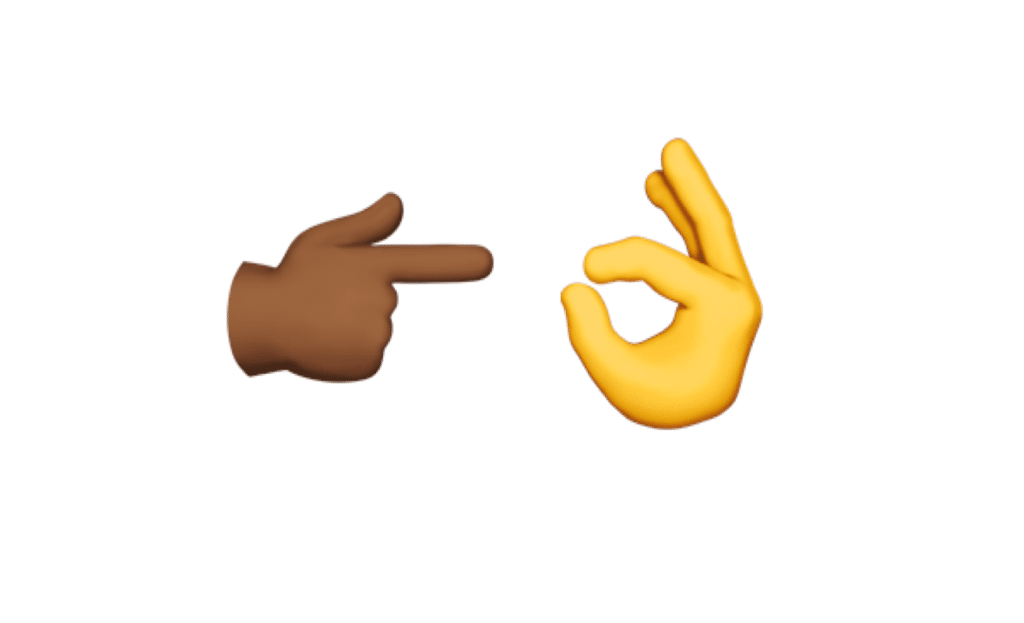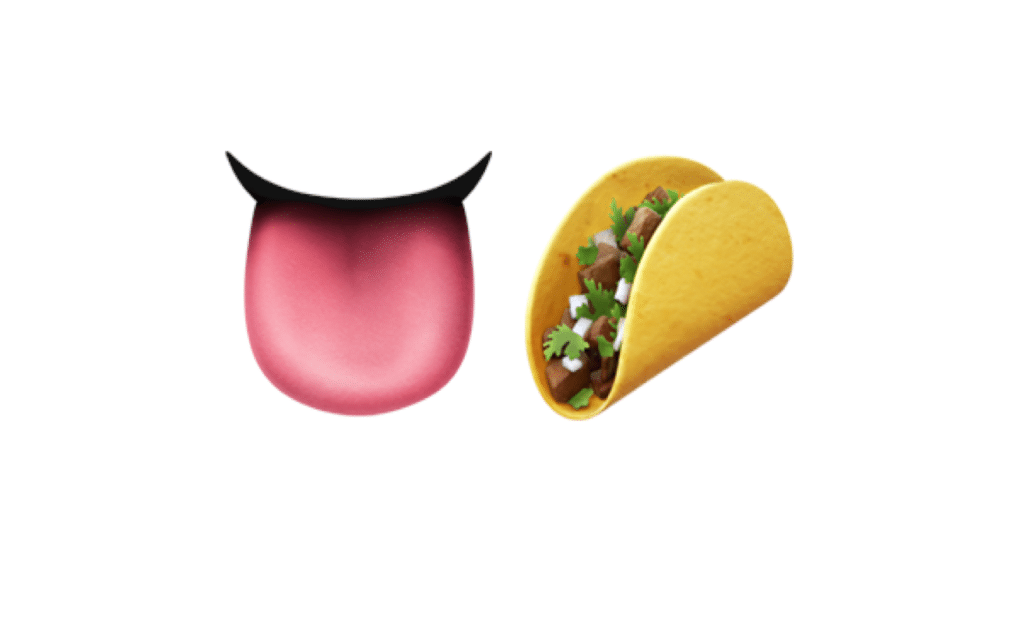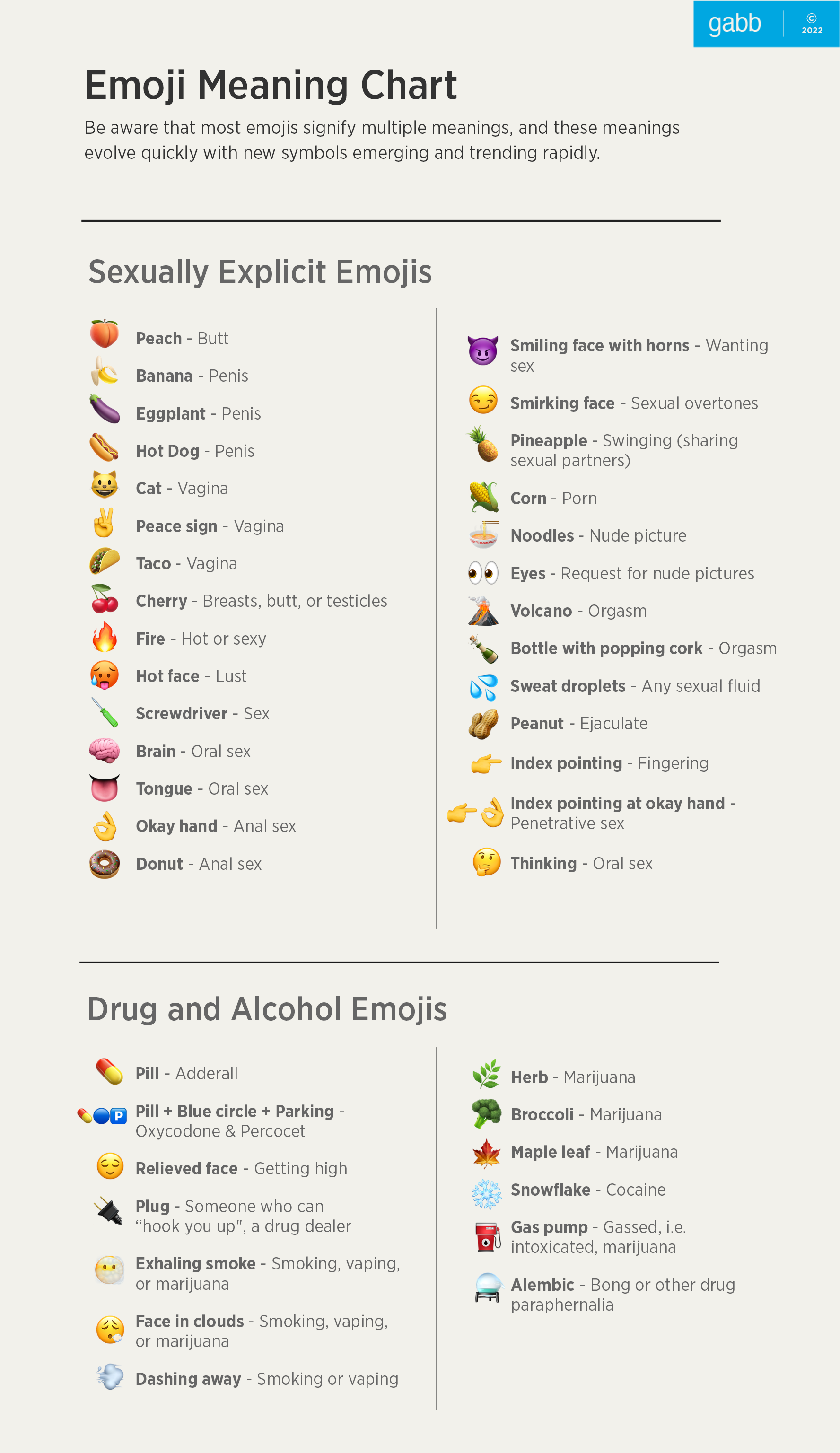Why Parents Should Be Aware of Emojis
Emojis are the fastest-growing language globally (McMahon & Kirley, 2019, p. 32), but parents are not native speakers. We’ve gotten pretty good at using a few laughing faces and a couple of hearts, but kids use emojis as complete sentences.
Adolescents are likely familiar with this versatile lexicon, so parents also need to be. Recognizing some negative ways emojis are used can help us spot warning signs and navigate our kids away from potentially dangerous situations. Open communication is key.
What Parents Should Know About Emojis
Do emojis mean different things to different people?
One research study found older and younger groups derived distinct emotional meanings from six out of twelve facial emojis. The basic smiley face emoji (🙂) signified joy for older folks. For young people, it meant contentment. With opinions varying on the meaning of simple icons, we should expect different interpretations for other, more ambiguous emojis (Weiß et al., 2020, p. 418).
Emojis are the fastest-growing language globally.
—McMahon & Kirley
This or that?
When viewing an emoji, always consider the context. Is a victory sign sent because our kid’s team won a soccer game, or is it intended to be a vagina? A bowl of noodles could be a request for a naked photo, or it could be our child asking to eat ramen for dinner. Sometimes broccoli is just a vegetable, and sometimes it’s marijuana. Drug emojis is an emerging language, which is used to purchase drugs on social media.
If you combine emojis, however, their meaning often becomes more clear. Consider these examples:

The above message indicates a request for penetrative sex, whereas the combination below references oral sex.

The Emoji Guide for Parents
This list is not meant to be comprehensive but is more a starting point. Prepare kids for more tech by checking in with them often and having frequent, open conversations. Making mistakes is part of growing up. We can help our kids find a way out of trouble by being aware, keeping current, and maintaining open discussions. These are the best ways to protect children and help them learn how to protect themselves.


